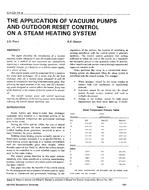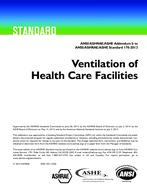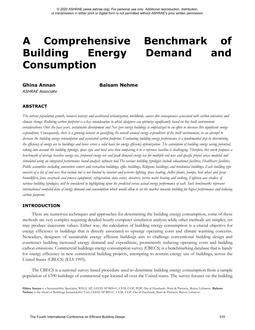Ventilation effectiveness refers to the efficiency of a ventilation system in providing fresh air to occupants and to dilute and remove internally generated contaminants. In ASHRAE Standard 62.2, it is defined as the fraction of outdoor air delivered to the space that reaches the occupied zone. Standard 62.2, however, does not contain practical information on how to evaluate and measure the ventilation effectiveness of the system. This research evaluated the applicability of contaminant removal effectiveness index in measuring the ventilation effectiveness of a mechanically ventilated animal building. The spatial distribution of total suspended particulate matter (TSP) mass and ammonia (NH3) volumetric concentrations were measured at multiple locations inside a mechanically ventilated wean-to-finish swine building during winter and summer seasons. Results of experiments showed that the spatial gradient of pollutants differed between the seasons due to different airflow patterns in the building. Consequently, in order to obtain a more meaningful estimate of the average pollutant concentrations in the building, the samplers must be spread out crosswise during winter and lengthwise within the building during summer. Results also showed that the number of samples indoors affected the calculated ventilation effectiveness. At least six samples forTSP and nine for NH3 must be obtained inside the building to obtain more meaningful estimates of the ventilation effectiveness of aswine building with similar configuration and size.
Product Details
- Published:
- 2014
- Number of Pages:
- 9
- File Size:
- 1 file , 2.5 MB
- Product Code(s):
- D-NY-14-042
- Note:
- This product is unavailable in Russia, Belarus


